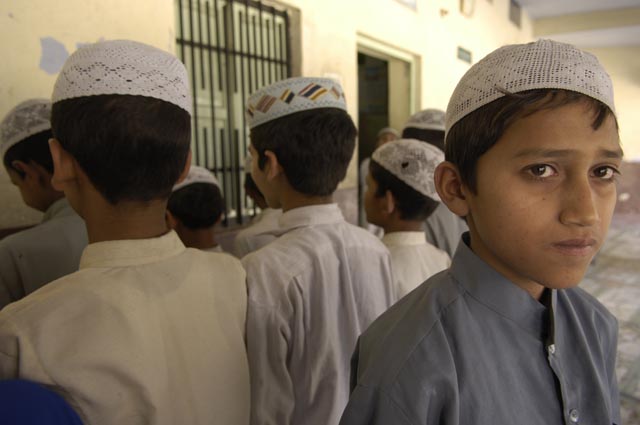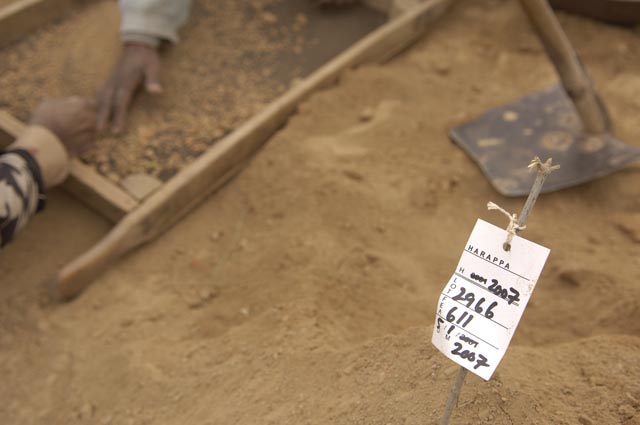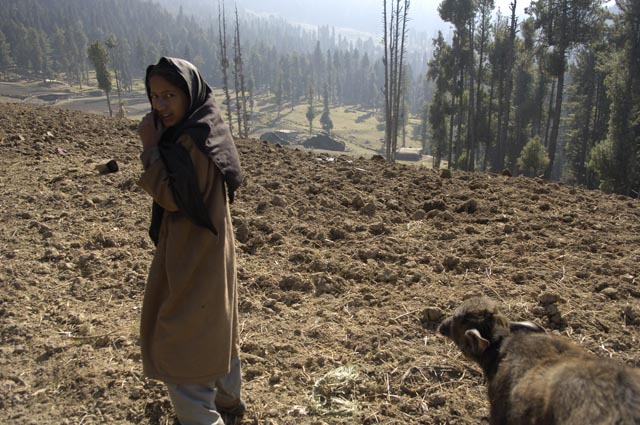
The tragedy of Partition is almost Shakespearean in its fallout. It’s been over sixty-three years since this catastrophic event occurred yet its effects continue to unfold, like seismic aftershocks. No one on the Indian sub-continent has really escaped its scathing wounds as the two countries carved out of undivided India in 1947 – independent India and Pakistan – reel even today from the legacy of hatred and suspicion unleashed by the Partition. In reality, one people, one culture, today stand on opposite shores – We and They – talking in tongues which neither understands.
Like many families in North India, mine too was devastated by this life-altering event. The British Masters, playing God, had redrawn the map of India, and our home fell into newly created Muslim Pakistan. Our Hindu family, which had wealth, stores and homes in Sindh, overnight became refugees running for their lives to the sanctuary of independent India. Older family members still have tears in their eyes as they remember the sweetness of the homeland they lost and can never reclaim.
For Hindu Sindhis it was not only the loss of their state, but also of their culture and their language as they scattered, landless and homeless, across India and the world. In India, there is no Sindh – it is now just a mere word in the national anthem. Now many grandparents, parents, aunts and uncles have passed away and the memories of Sindh have died with them.

One would think that everything that had to be said about the Partition has been said but along comes Sarah Singh, an intrepid film-maker who has boldly gone into this troubled, calloused territory. Although she was born in the Punjab in India, she has lived most of her life in the US, and perhaps because of that distance, she brings the gaze of the outsider, and a fearlessness in her unbiased telling of this tragic tale.
The young photographer and film-maker has turned witness and chronicler with her startling documentary ‘The Sky Below’ in which she captures the ghost of many voices which may soon be lost to us. She visits archeological sites on both sides of the border, tracing the common history of the subcontinent, and meeting families who seem to have recovered from the trauma and moved on – but can one ever truly recover?
As she crisscrosses across the border and talks to people on both sides of the divide you see the utter futility of this enmity and also realize with a sinking heart that it will not end any time soon.
To get background on the movie, read the blog Sarah kept while making the movie. Here’s an excerpt:
“The general idea behind the flow of the doc stems from the phrase Kissa Khawani which is Urdu for “street of storytellers”. There will be an emphasis on camera movement (the partition was about massive movement: the largest migration of people in history). The storyteller idea is a conceptual take on the environment as a whole (how religion, myth, ritual, ancient ways dictate much of the structure of life here; i.e. the relevance of story/folktale/and in not so beguiling a fashion, gossip).
The beauty in this is the bridge it creates between ‘fact’ and ‘fiction’: the double-vision of interpretative story-telling which in turn layers our experience of daily perceptions, and thus, our recorded and oral history. And given the steady influx over thousands of years of invasion, there are many stories that flow here in this part of the world.”

Singh who has worked for MTV, Showtime, History Channel and on independent feature films, is currently working on a coffee table book, and her photographs are in several private collections. ‘The Sky Below’ has been shown in 15 film festivals, in universities and museums, and has received well-justified praise internationally, winning the Best Film Debut award and a nomination for the Social Justice award.
For those who don’t know enough about India’s partition, Singh has put together some intriguing resource materials on her site and invites others to share their mementos.
With ‘The Sky Below’, Singh’s achievement is all the more striking because she’s shot this powerful film solo without a crew and little budget, fitting her belongings into a backpack and traveling as a woman alone in some of the most hostile and dangerous territory including the Khyber Pass, Kashmir and the desert of Kutch. A gifted photographer, she has brought her keen eye to the moving camera, and you sit, astonished as you see the terrains of this sparse, beautiful land unfold before you.
She has also uncannily caught the sweet, aching strains of folk songs and rhythms of these territories and after the film is over, these stay with you for a long time, like a sad wailing in your ears that makes you want to weep for the futility and myopia of the human race.


2 Comments
There’s a lot I’m learning about the Sindhi community even though it’s my own – will do a longer piece on it some day. Yes, the Cheti Chand is a very colorful festival of which too little is known to the larger community.
You must try to catch ‘The Sky Below’ though because it really opens up all aspects of the conflict.
Very very interesting, just what I wanted to know about the Sindhi community. Just the other day I had been to the Geeta Mandir for Cheti Chand – it was wonderful to see such a large devout Sindhi community in Queens!
Thanks for the article Lavina